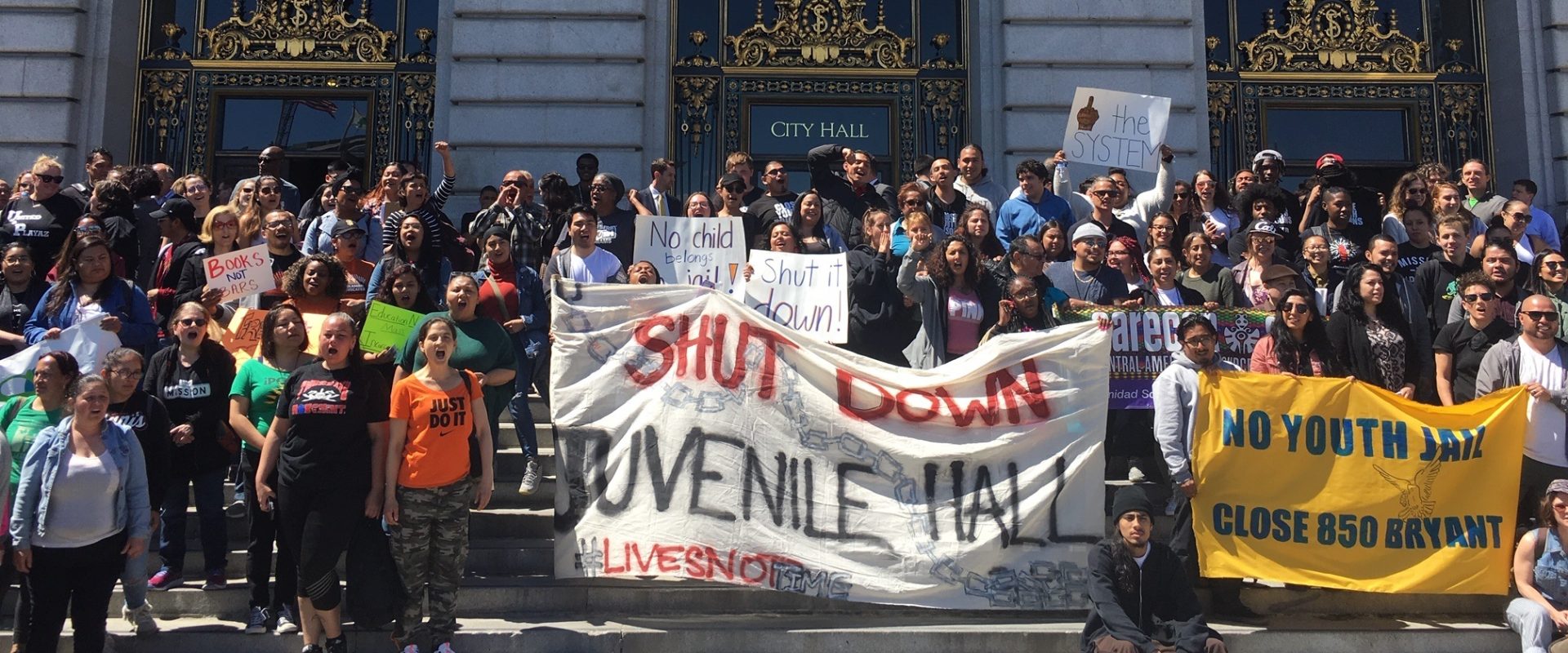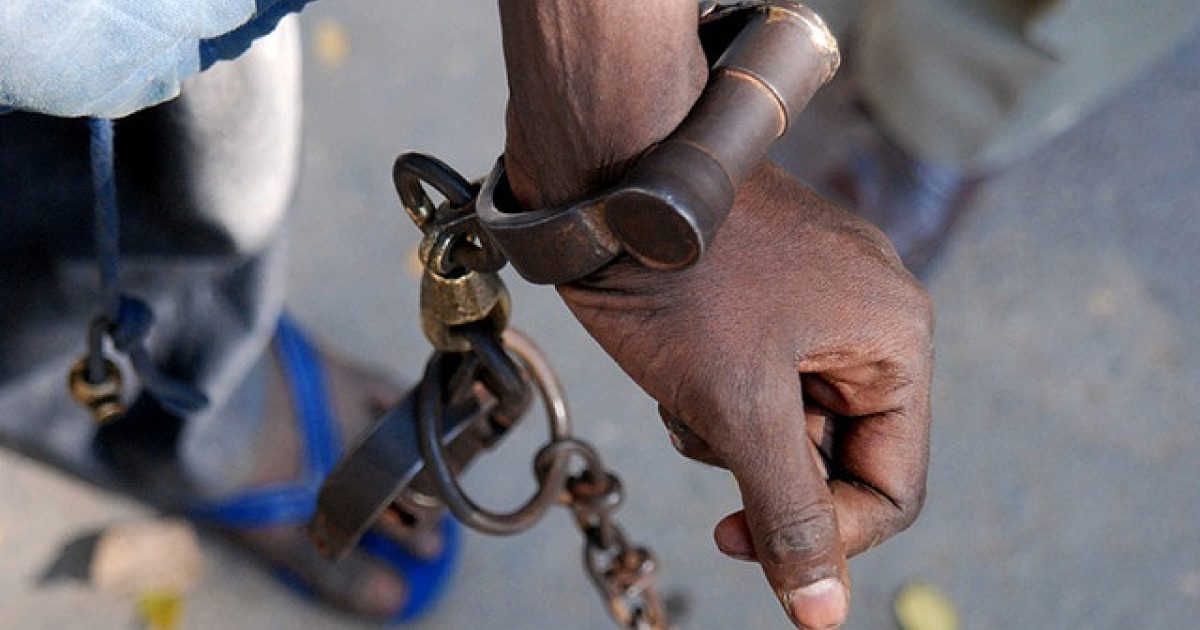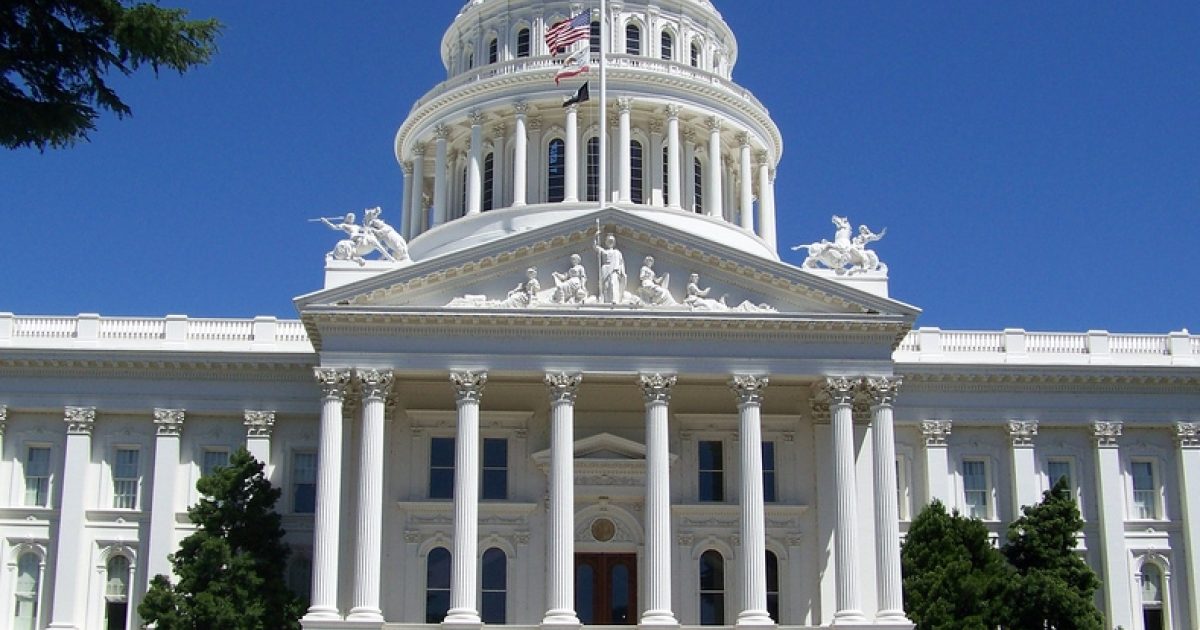Blog Aug 25, 2015
Enough Nonsense on Youthful (In)competence
Pre-judging the individual guilt of the Santa Cruz 15-year-old accused of murdering a child is not just, and judging all 15-year-olds as incompetent is not science.
When a prosecutor wants to try a youth as an adult, defense attorneys reach out to Nisha Ajmani, program manager for CJCJ’s Sentencing Service Program (SSP), to keep that youth in the juvenile justice system.
Aug 19, 2015
CJCJ Founder Passes On
It is with great sadness that we announce the passing of Jerome G. Miller, the visionary leader who closed Massachusetts’s juvenile prisons in the early 1970s and forever changed the context of juvenile justice reform.
This July, California’s Fourth District Court of Appeal held that a San Diego youth was eligible to reclassify his sentence from a felony to misdemeanor under California’s Proposition 47, setting a legal precedent for the rest of the state.
Juvenile Justice Information Exchange (JJIE) publishes an op-ed by CJCJ’s Lauren Barretto on the lack of adequate screening for, and evaluation of, mental health needs in the juvenile justice system.




